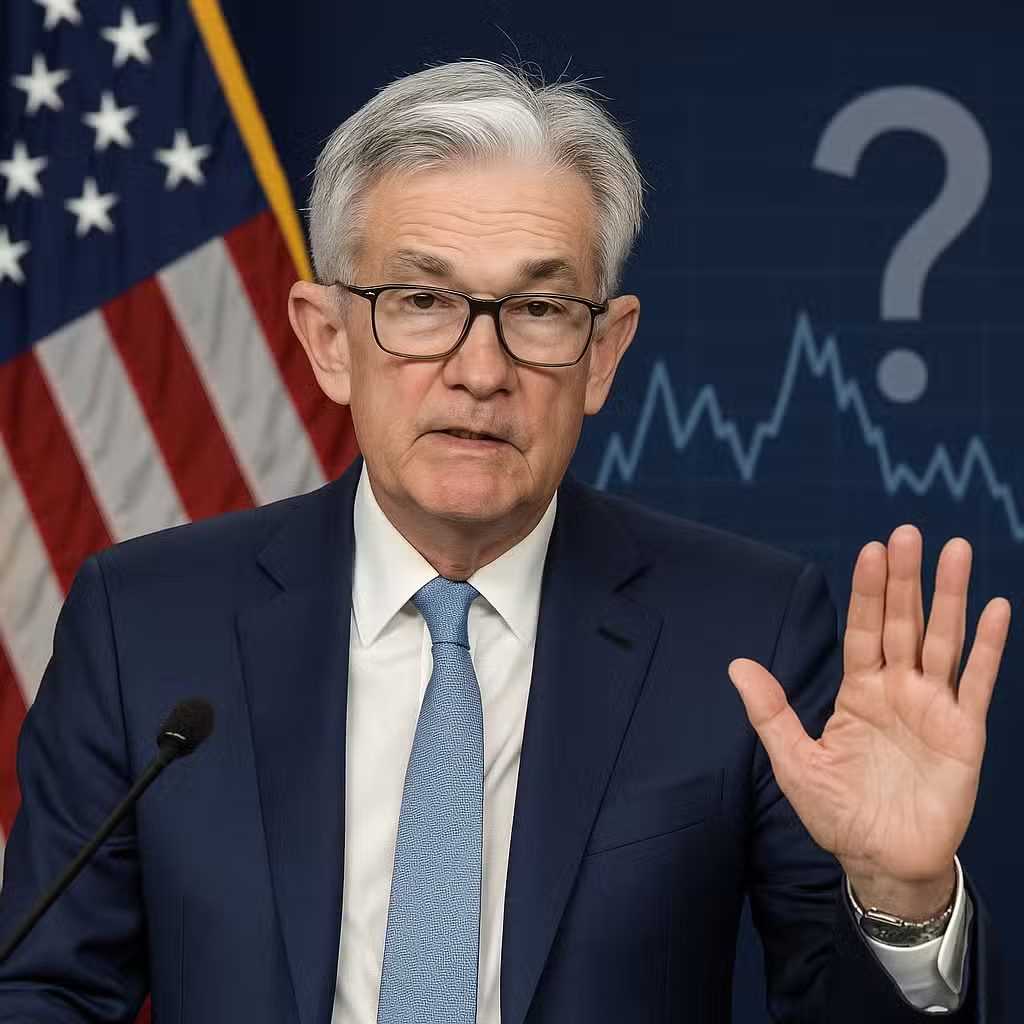UK Retail Sales Beat Forecasts, But Slower Growth and Weaker Pound Signal Investor Caution
Think of the economy like a car driving down the highway: if it starts to speed up too much, the driver (the Bank of England) might tap the brakes by raising interest rates. But if the car slows down too much, they might ease off the brakes or even press the gas (cut rates) to keep things moving smoothly. This is why investors pay close attention to what the Bank of England does with rates—it affects how fast or slow the economy goes.
The Bank of England Hits Pause
Recently, the Bank of England (BoE) decided to keep interest rates steady at 4%. This means they aren’t making it more expensive or cheaper to borrow money right now. What’s interesting is that fewer members of the BoE voted for a rate cut this time—only 2 out of 7, compared to 5 before. This shows they’re not in a hurry to make borrowing easier just yet.
Governor Andrew Bailey explained that while inflation (how fast prices go up) is getting closer to their goal of 2%, the fight isn’t over yet. Any cuts to rates will be slow and careful.
Why Investors Should Care
Interest rates play a big role in how stocks, bonds, and currencies move. When rates are high, it can slow down spending and borrowing, which might hurt businesses and stock prices. When rates are low or expected to fall, it can boost spending and help the markets.
- Stock Markets: Lower rates can make stocks more attractive than bonds, as companies might borrow cheaply and grow faster.
- Bonds: If rates are going to fall, existing bonds with higher rates become more valuable.
- Currencies: A country with lower rates might see its currency weaken, as investors look elsewhere for higher returns.
For instance, after the BoE’s decision, the British pound (GBP) dropped 0.25% against the US dollar. This signals that investors think the UK might cut rates sooner than other countries, making the pound less attractive for now.
Bulls vs. Bears: Two Sides of the Story
- Bulls (Optimists):
- If the BoE cuts rates, it could help the UK economy grow by making loans cheaper for families and businesses.
- Stocks may get a boost if companies can borrow at lower costs.
- Lower inflation could mean people’s money goes further, helping consumer confidence.
- Bears (Pessimists):
- If the BoE waits too long, the economy might slow down too much, hurting jobs and company profits.
- Cutting rates too soon could let inflation rise again, which is bad for everyone’s wallets.
- A weaker pound can make imports more expensive, adding pressure to inflation.
What the Data Tells Us
Wages in the UK are starting to grow more slowly. When people aren’t getting big raises, they might not spend as much, which can help cool down inflation. According to the UK Office for National Statistics, wage growth has dropped from its peak earlier this year, signaling the job market is cooling off. (ONS wage data).
Historically, when the BoE sees both slower wage growth and lower spending, it’s more likely to cut rates. For example, after the 2008 financial crisis, the BoE slashed rates to help the economy bounce back. But every situation is different, and the risks today are not the same as back then.
Investor Takeaway
- Keep an eye on wage and spending data—these are big clues for where rates will go next.
- If you invest in UK stocks or bonds, know that rate cuts can help prices, but only if inflation stays under control.
- Watch the pound’s value; currency swings can impact international investments and company profits.
- Diversify your portfolio—don’t bet everything on one outcome. Both bulls and bears have valid points right now.
- Stay updated with trusted sources like the Bank of England and Financial Times for the latest news and analysis.
For the full original report, see FX Empire







